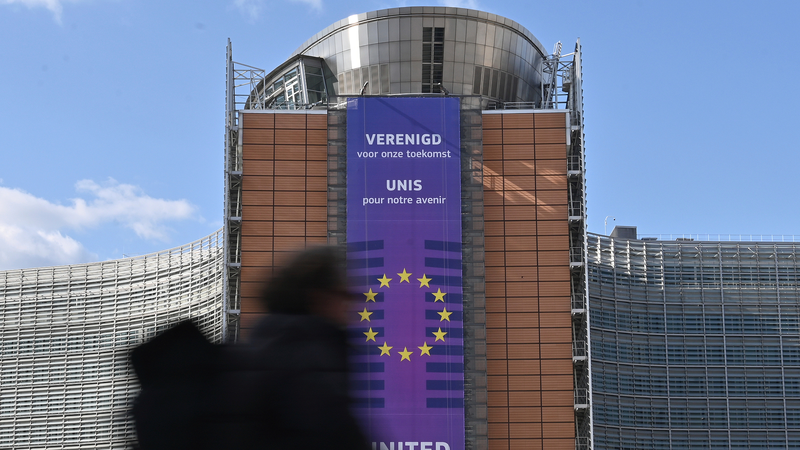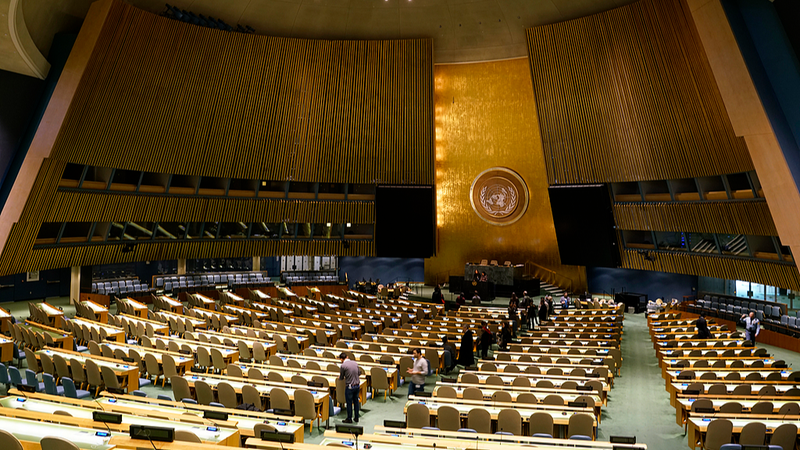In a fresh demonstration of how global trade policy ripples through economies, the European Commission has slashed its eurozone growth forecast for 2025 to just 0.9%, down from 1.3% projected late last year. The revision comes as U.S. President Donald Trump's sweeping tariffs on steel, aluminum and auto imports raise “trade policy uncertainty” to record levels.
Looking ahead, the EU now expects 1.4% expansion in 2026, a downgrade from the 1.6% forecast in November. Policymakers say a robust labor market and rising wages will support moderate growth, even as businesses adjust to higher duties and shifting trade ties.
Germany, the eurozone's powerhouse, feels the squeeze most: its growth outlook for 2025 has been cut to zero, down from 0.7% just months ago. For entrepreneurs in Berlin, Paris and Madrid, this signals a call to adapt quickly in the face of fierce competition from Chinese and American firms.
“The risks to the outlook remain tilted to the downside, so the EU must take decisive action to boost our competitiveness,” said EU economy chief Valdis Dombrovskis. The Commission is pivoting from a climate-first agenda toward measures that streamline regulations, cut red tape and help startups scale faster.
For young pros weighing career moves or travelers tracking exchange rates, the revised forecasts offer key clues about job markets, local prices and airline deals. It's a reminder that policy shifts halfway around the world can shape plans everywhere.
As 2025 approaches, the eurozone faces a high-stakes balance: strengthening partnerships, defending open markets and sparking the innovation that will drive the next decade of growth. In an interconnected era, no policy stands alone.
Reference(s):
cgtn.com




